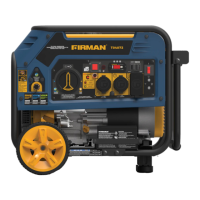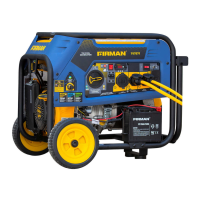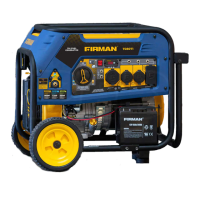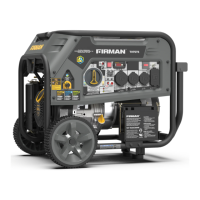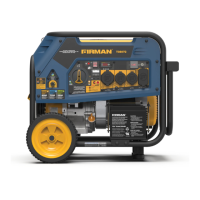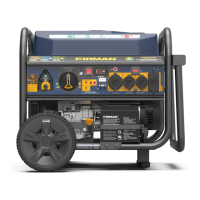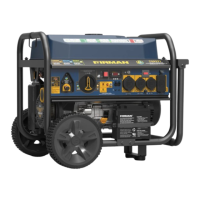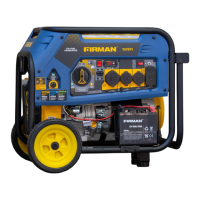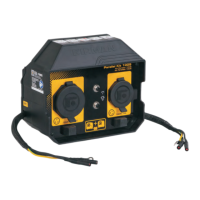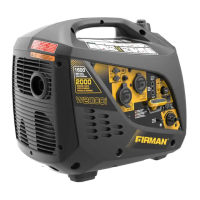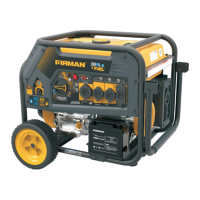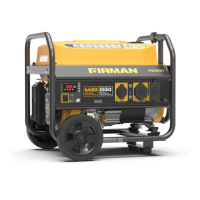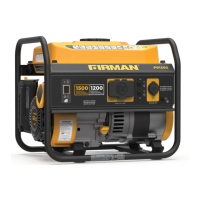What to do if my Firman T04073 engine bogs down when a load is connected?
- MMelanie BoydAug 7, 2025
If your Firman Portable Generator's engine is running fine without any load but falters or 'bogs down' when you connect loads, it could be due to a few reasons. First, there might be a short circuit in the connected load, so try disconnecting the electrical load. Another possible cause is a clogged or dirty fuel filter, which would require cleaning or replacement. If these steps don't resolve the issue, it could be due to the engine speed being too slow or a shorted generator circuit, both of which require help from an authorized service facility.
